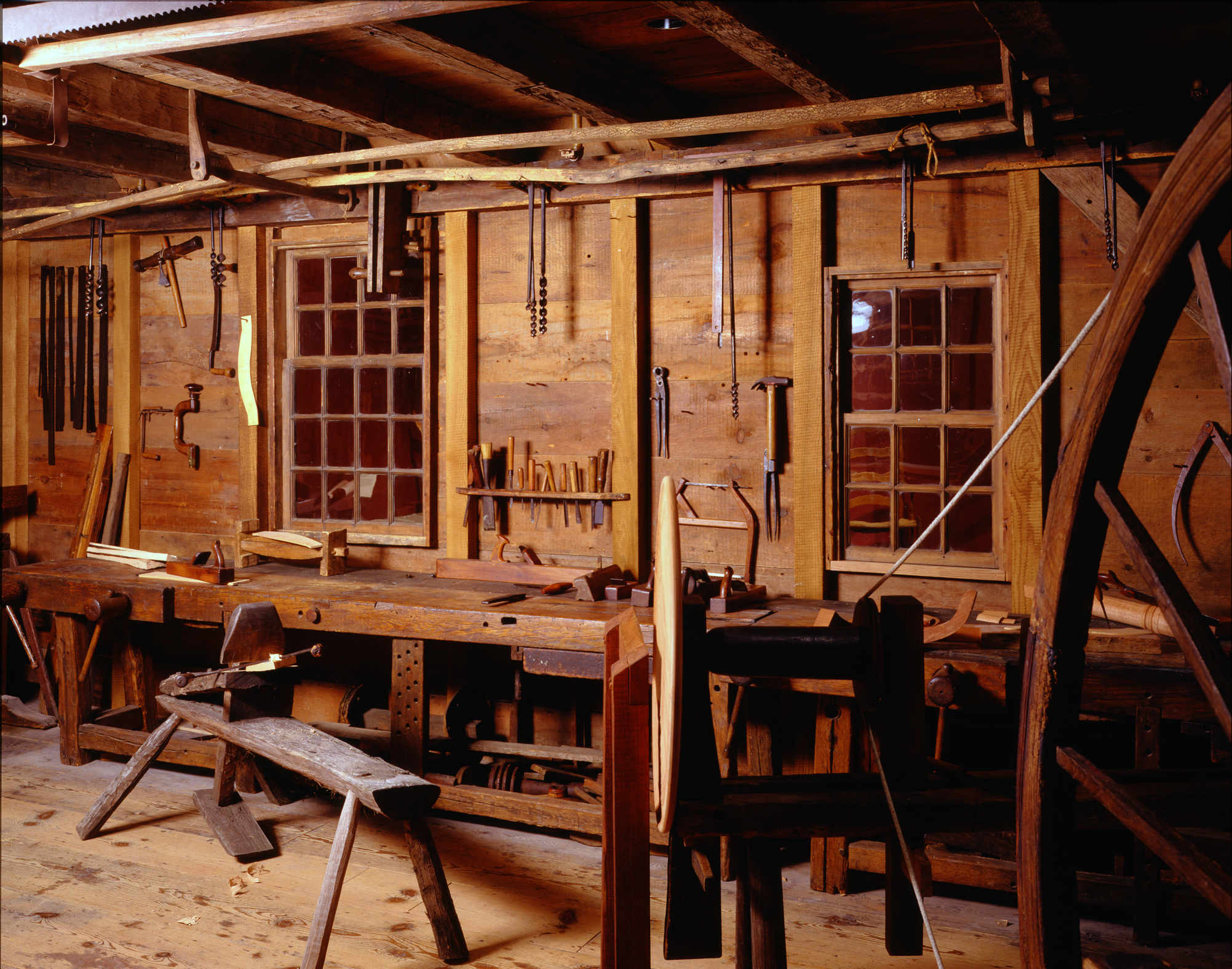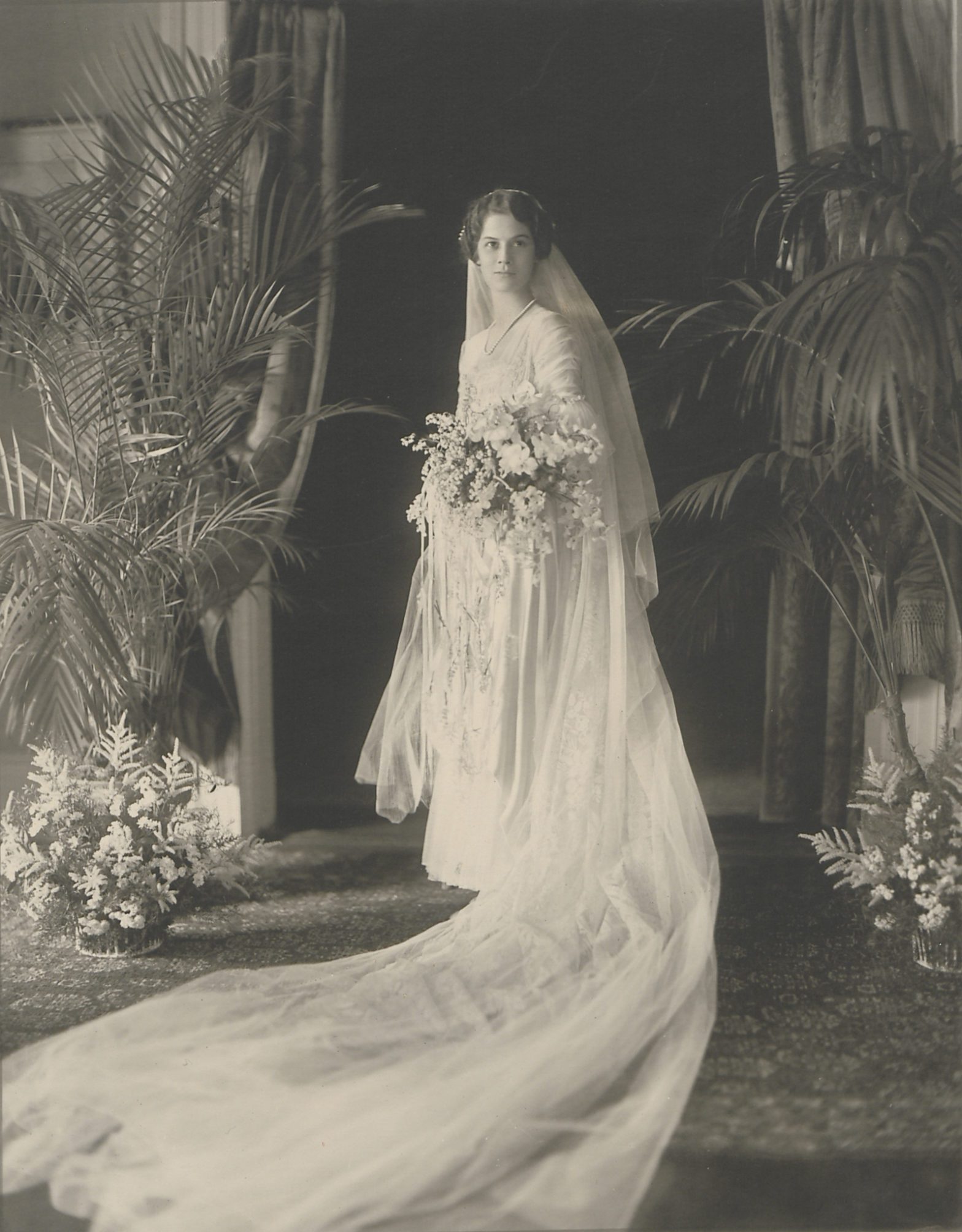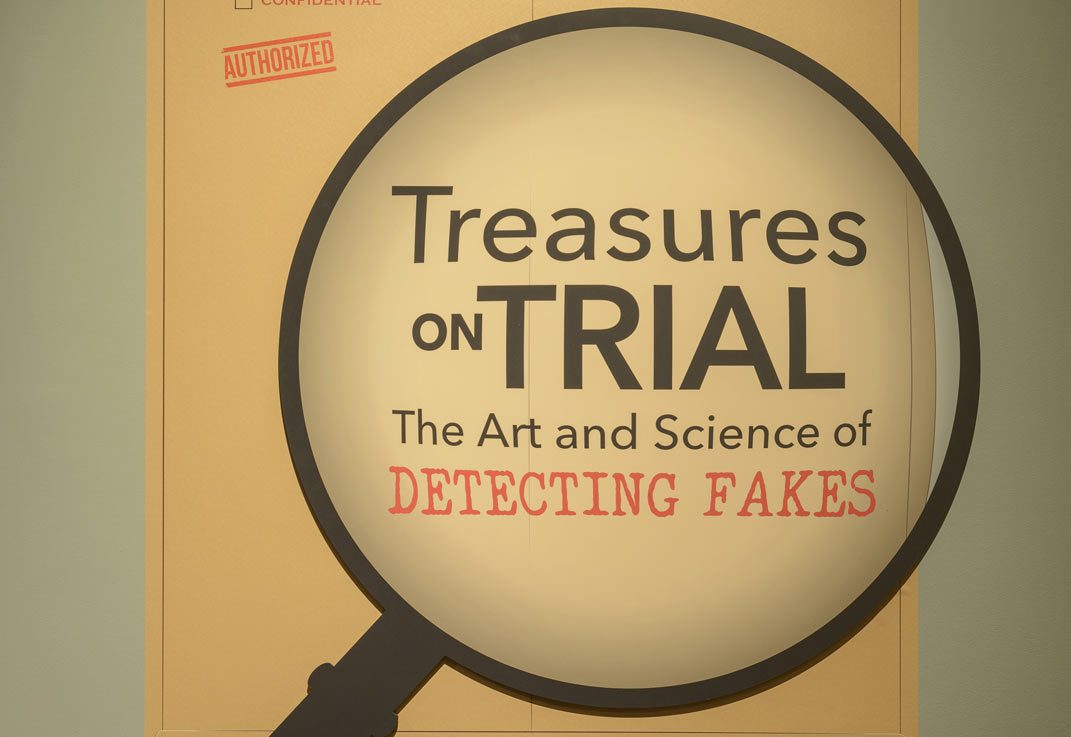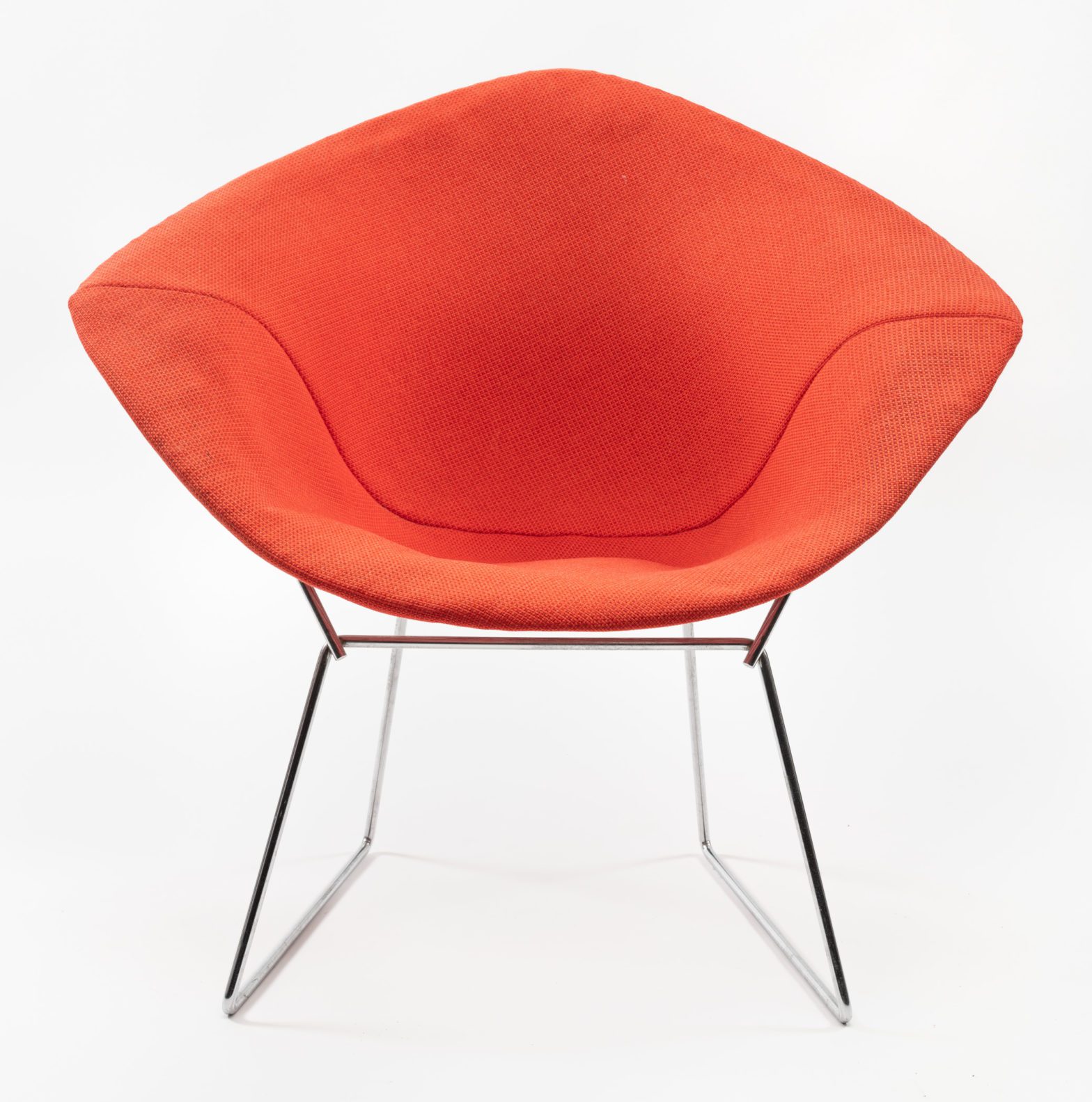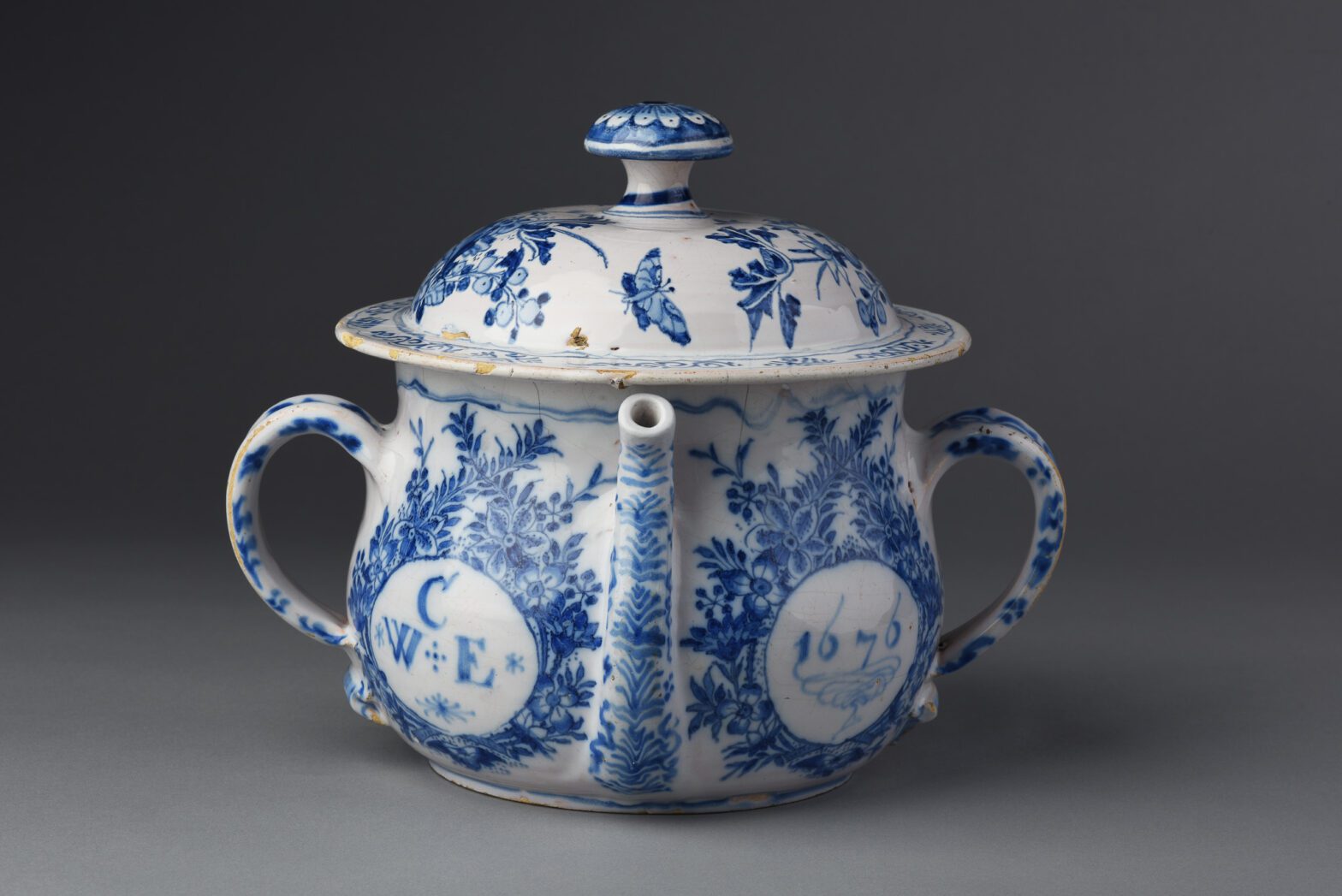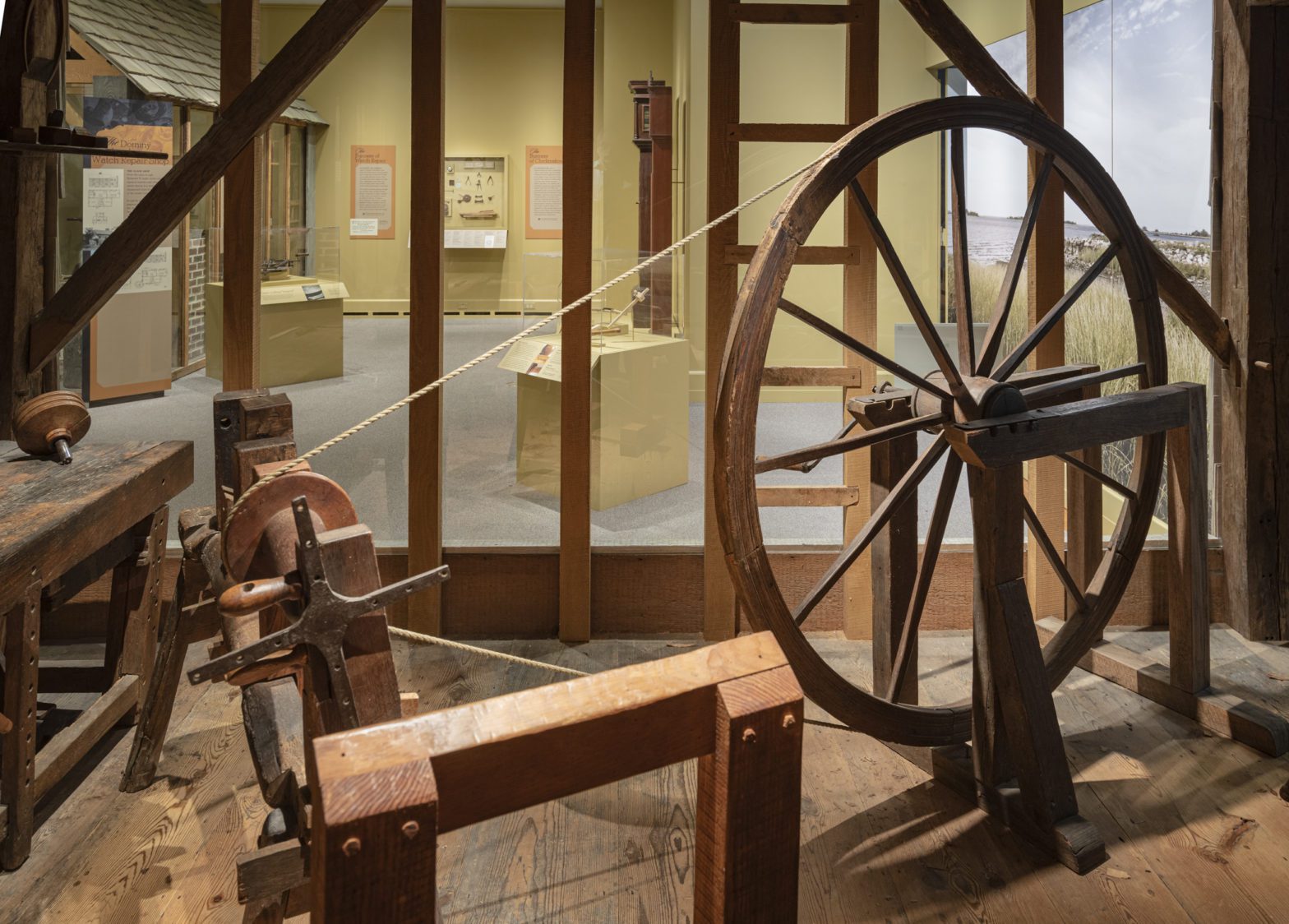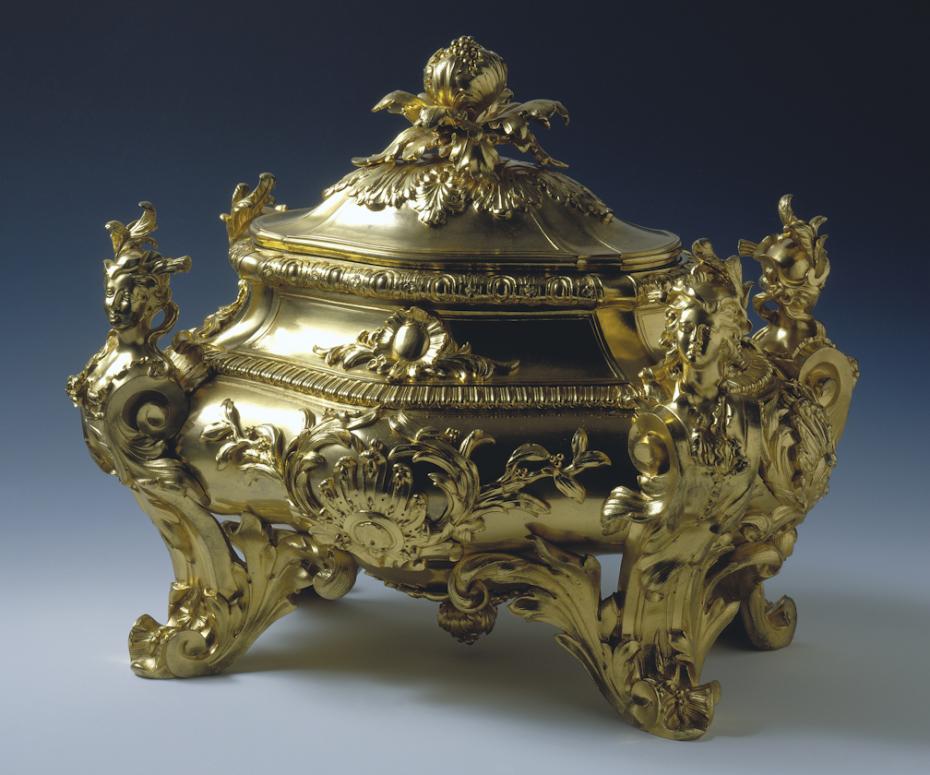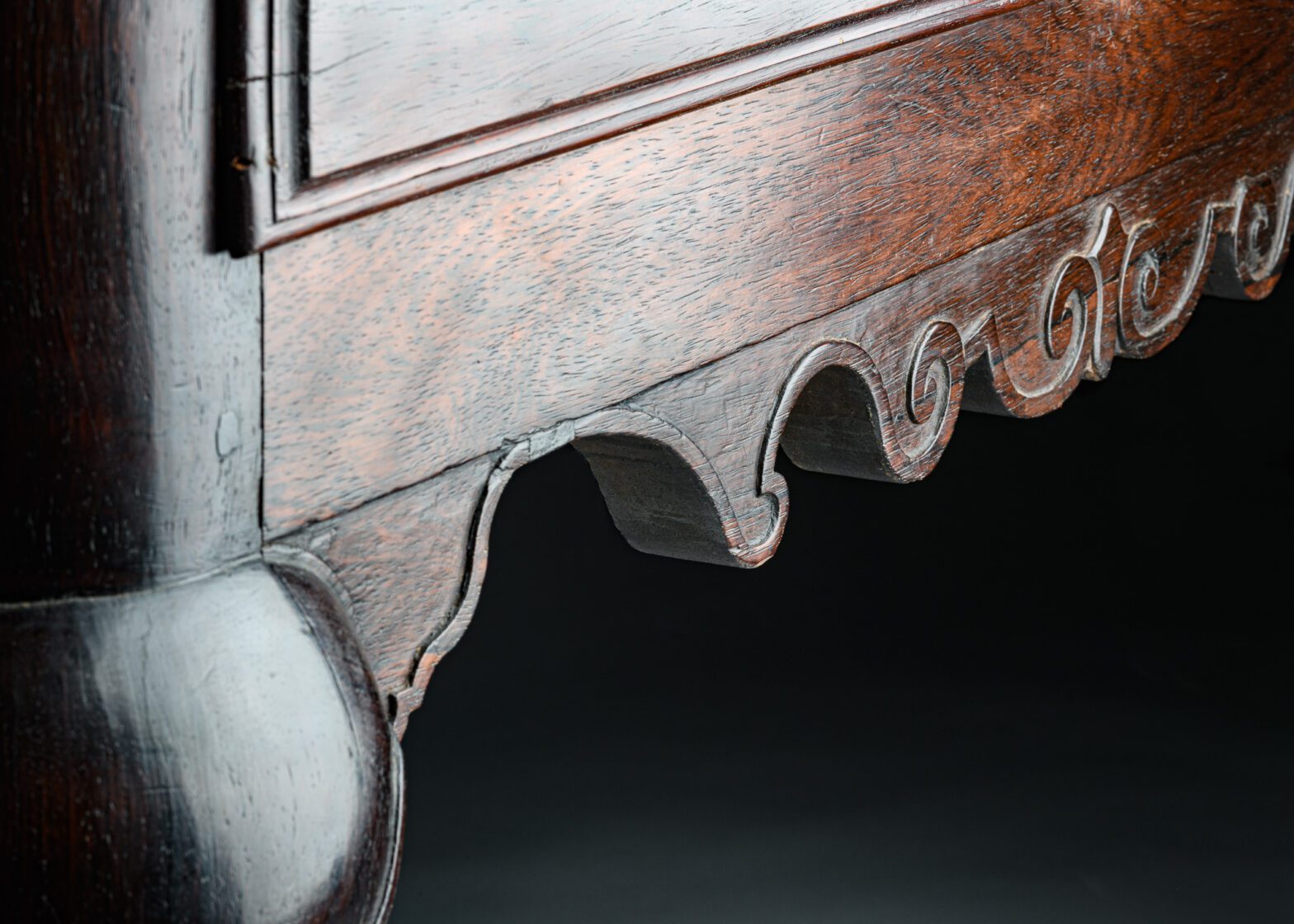The Dominy collections at Winterthur tell the story of three generations of craftsmen in East Hampton, New York between 1762 and 1852. The Dominy family made and repaired furniture, clocks, watches, and a wide variety of farm and household equipment for their family and neighbors. This extraordinary collection of tools and furniture, demonstrate craftwork and community at a time when Americans were finding their places as citizens of the new republic and participants in a young, dynamic, industrializing economy.
Mysteries and Implications: The Secrets of Ruth Wales du Pont’s Wedding Dress
From the start of planning for the current exhibition Winterthur’s Lady of the House: Ruth Wales du Pont, a central element was a re-creation of the dress she wore for her wedding in 1916. There was, however, one significant challenge: there was no dress to copy.
The only information about the dress was a description from The New York Times and two similar photographs. In each, Ruth’s bouquet obscures the waist and lower sleeves of her dress, and the drape of her long veil obscures the back.
Yet that was enough for Dr. Karin Bohleke, director of the Fashion Archives and Museum of Shippensburg University. Bohleke combined the information at hand with her knowledge of historic dressmaking techniques, a handful of period examples, and skills as a needleworker to replicate the gown. “I had to be a designer in a different way,” she says. For the project, Bohleke served partly as copyist, partly as historian.
Scrutinizing a high-resolution scan of one photo “millimeter by millimeter,” Bohleke discerned the details of the under veil—“something old” from her grandmother’s wedding in the 1850s—as well as the motifs in the border and center of cathedral-length overveil. She spent countless hours embroidering the patterns, with the “sprigs and sprays” between, onto a similar antique lace, constantly checking the length and drape of the material as she worked. “There are thousands of stitches in it,” Bohleke says.
After fashioning a headpiece of buckram covered with silk and flowers, she turned her attention to the dress. The photos clearly showed the sheer inverted V overskirt and an over-the-shoulder princess construction covered with net lace and beads. But the back and parts of the bodice were a mystery. Bohleke began to research examples from contemporaneous samples to determine that Mrs. du Pont’s dress likely featured elbow-length flounced arms, a pleated belt, and organza infills front and back.
As Bohleke began creating drafts and patterns for the sewing, she was surprised by a critical fact: Winterthur curators discovered that Ruth’s dress was made of a silver material.
“So here I had been thinking that she has this wonderful ivory, maybe silk-satin overskirt, and I was going to get some great bridal satin and really quality silk, and apparently Ruth sparkled and gleamed as she walked down the aisle in a silver gown,” Bohleke says.
Bohleke located hard-to-find quality silver material from G Street Fabrics in Washington, D.C., then painstakingly sewed and embroidered the dress, carefully concealing the bones of the bodice and all the many fasteners. She completed the work as it was mounted for exhibit in the West Galleries. “It was as close as I could be to the original,” she says.
Bohleke recently told attendees at a virtual lecture “Here Comes the Bride,” part of Winterthur’s Inspiring Design lecture series, that she was struck by several facts as she worked. First, the luxury length of the ensemble was provided by the veil, not by a train, as was fashionable at the time.
Further, the silver material was itself a luxury, with historical precedent established by royal brides in Europe. The fabric made a strong implication about the significance of her marriage to the wealthy Henry Francis du Pont. Both bride and groom came from socially prominent families.
“Also knowing what I know about the fashions of the day, what struck me the most is Ruth completely ignored the very comfy ankle-length or calf-length full skirt” that was popular at the time. “The skirt is out of date.”
Bohleke therefore believes that “because (high) society at that time period was so conservative, I think she had a lot of influences on her, perhaps her mother, perhaps other women in the family, social pressure, that actually made her opt for a conservative style.”
Bohleke also speculates that Ruth likely looked at the remains of her dress one day and “chucked it, quite literally, because there was nothing left to save.” Manufacturers of silk at the time treated fabrics with heavy metal salts to add weight, and those salts “more or less consumed the fabric,” she says. “The lining of the dress probably completely shattered.” And with silver’s tendency to tarnish, the fabric that did not flake away probably discolored horribly.
“That being said, she had an absolutely gorgeous dress,” Bohleke says.
And Winterthur has a stunning re-creation. See it in Winterthur’s Lady of the House: Ruth Wales du Pont.
Reciprocal Admissions
All Winterthur Members receive free admission and additional benefits when a valid Winterthur Membership card is presented at botanical gardens, arboreta, and conservatories that participate in the American Horticultural Society’s Reciprocal Admissions Program. Visit the AHS’s website to view hundreds of participating gardens in North America. Some restrictions may apply. Before visiting any garden, be sure to check that organization’s website and/or call to confirm participation in the AHS Reciprocal Admissions Program, hours of operation, zip code exclusions, and blackout dates.
Each card will admit only the person listed on the Member card. In the case of Family-level memberships, some gardens or museums may limit free or discounted admission to the named cardholder. You may be required to show a photo ID.
Contributor Level Members and Above Receive Even More
Winterthur is pleased to offer Contributor, Patron, Benefactor, and Friends of Winterthur Members access to more than 900 North American museums as part of the North American Reciprocal Museum Program (NARM) and Reciprocal Organization of Associated Museums (ROAM). As well as free admission, some participating organizations offer discounts at their museum shops and for concert/lecture tickets. Simply present your current Winterthur membership card with the black ROAM and NARM logo to receive free reciprocal admission to participating organizations. to receive free reciprocal admission to participating organizations.
Visit North American Reciprocal Museums and/or Reciprocal Organization of Associated Museums for lists of participating museums. Please note that some restrictions apply. Before visiting, be sure to take a look at the museum’s website and/or call to confirm the museum’s participation in NARM or ROAM, their hours of operation, and any zip code restrictions or blackout dates/programs.
Zip Code Exclusions and Reciprocal Admissions
If you are visiting Winterthur as a member of a reciprocal organization, please note that the AHS website does explicitly say that our 90-mile exclusion is enforced. And, a 15-mile/25-mile exclusion is enforced for organizations belonging to NARM or ROAM. This means that if the American Horticultural Society organization you belong to is located 90 miles (or less) from Winterthur, we will not honor reciprocity. NARM organizations within 15 miles and ROAM organizations within 25 miles of Winterthur are excluded from receiving reciprocal admission at Winterthur. For example, NARM and ROAM reciprocal privileges do not extend between Winterthur and the following local museums due to zip code restrictions: Hagley Museum and Library, Delaware Art Museum, The Delaware Contemporary (DE), Brandywine Museum of Art (PA), Pennsylvania Academy of Fine Arts (PA), and The University of Pennsylvania Museum of Archaeology and Anthropology (PA).
Calculate distance from the organization you belong to and Winterthur using Google maps. If your membership is directly with AHS, calculate distance from Winterthur using your home address. Thank you for understanding! In addition to zip code exclusions, some special events and programs are reserved for Winterthur Members or paying guests. This means that reciprocity for AHS, NARM, or ROAM members will not be available on these program days. During Yuletide at Winterthur and the annual summer Artisan Market, all reciprocal admissions are blacked out. Thank you for understanding!
Treasures on Trial
Treasures on Trial: The Art and Science of Detecting Fakes reveals the intriguing tales of more than 40 forgeries and counterfeit objects of all types. This exhibition poses the questions: Do we see what we think we see? Is it real or fake?
Unity by Design
Winterthur has a secret. Scattered throughout our lounges, libraries, laboratories, and offices is a collection of midcentury modern furniture that has as much of a story to tell about American design as the furniture that populates the rooms of the museum. Represented in this group of furnishings is an incredible spectrum of Knoll and Herman Miller objects purchased to furnish museum spaces as early as 1957. Unity by Design: Midcentury Modernism at Winterthur explores the juxtaposition of midcentury modernism at an institution rooted in traditional Americana. This overview of the midcentury modern furniture at Winterthur helps us understand it as an extension of Winterthur’s collection and mission and allows us to explore what it means when traditional meets modern.
Ceramics
Winterthur’s ceramics collection includes about 19,000 objects of types made in or imported into America from the 1600s through the mid-1800s. The earthenware, stoneware, and porcelain in the collection represent a broad range of manufacturing and design types and have special strengths among American, English, and Chinese wares.
The American earthenware in the collection includes approximately 300 objects, about 100 of which are slipware, or slip-decorated earthenware. This important group features iconic work by sgraffito (incised) slipware potters such as Pennsylvania’s George Hubener, John Neis, and Conrad Mumbouer. Other highlights are pieces by Virginia’s Samuel Bell and Sons and Anthony Wise Baecher. Winterthur’s respected collection of more than 150 pieces of American stoneware features work by important potters: the African-American potter, Dave, of South Carolina; Maryland’s William Morgan; the Remmey family of Pennsylvania; the Croliuses of New York City; and Warne and Letts of New Jersey.
Additional highlights of the ceramics collection include nearly 5,000 Chinese export porcelain objects, many of them produced for the American market, as well as special-order wares once owned by famous historical figures. George Washington’s Order of Cincinnati dinner service is particularly well-represented by more than 70 pieces. Other pieces are from services once owned by New York’s Governor DeWitt Clinton and President Ulysses S. Grant, among many others. An astonishingly wide array of American market and other table-, tea-, and ornamental ware helps illustrate the broad range of shapes available to the general consumer.
European ceramics at Winterthur range from early Dutch delftware (tin-glazed earthenware) to elegant Meissen (German) porcelain, but best represented are the wares of England. English earthenware, stoneware, and, to a lesser extent, porcelain are found extensively among American archaeological material and, until well into the 1800s, joined Chinese porcelain as major imports to this continent.
Books about Winterthur Ceramics
Fennimore, Donald L. and Patricia A. Halfpenny. The Campbell Collection of Soup Tureens at Winterthur. Winterthur, Del.: Henry Francis du Pont Winterthur Museum, 2000.
Fuchs, Ronald W. and David S. Howard. Made in China: Export Porcelain from the Leo and Doris Hodroff Collection at Winterthur. Winterthur, Del.: Henry Francis du Pont Winterthur Museum, 2005.
Palmer, Arlene. A Winterthur Guide to Chinese Export Porcelain. Winterthur, Del.: Henry Francis du Pont Winterthur Museum, 1976.
Teitelman, S. Robert, Patricia A. Halfpenny, Ronald W. Fuchs with essays by Wendell D. Garrett and Robin Emmerson. Success to America: Creamware for the American Market Featuring the S. Robert Teitelman Collection at Winterthur. Antique Collectors’ Club, Woodbridge, Suffolk, England, 2010.
With Hammer in Hand: A Story of American Craft
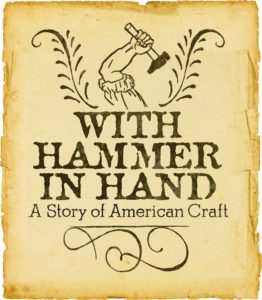
Discover the story of three generations of the Dominy family, skilled craftsmen who worked and traded in the racially diverse community of East Hampton, Long Island, in the 18th and early 19th centuries.
The gallery includes the nearly complete contents of their woodworking, clock-making, and watch repair shops—including lathes, workbenches, and more than 1,000 hand-tools, as well as examples of the furniture and tall clocks they made, and extensive shop records and family papers. Together, they tell a more complete story about the practices and roles of skilled craftsmen in pre-industrial America than any other single grouping of artifacts and documents that have survived from this period.
Learn more about the Dominy Collections.
Campbell Collection of Soup Tureens
Artfully crafted in fascinating forms, the Campbell Collection of Soup Tureens features sculpted metals, precious porcelains, and elegant earthenwares among the materials found in this wide range of tureens and soup-related objects made in Europe, Asia, and America. The dates range from 1720 to modern times.
The genesis of the Campbell Collection dates to 1966, when John T. Dorrance Jr., chairman of the Campbell Soup Company, and W. B. Murphy, the company president, decided to begin collecting these splendid pieces. The collection came to Winterthur and the gallery opened in 1997.
Come see for yourself why guests from around the world have enjoyed the Campbell Collection of Soup Tureens at Winterthur. Included with general admission.
Featured on CBS Sunday Morning
In November 2020, Winterthur was thrilled to walk the CBS Sunday Morning team through this stunning collection.
Featured on The 302
In April 2022, Winterthur shared the exciting history of the collection with The 302.
Furniture
Winterthur’s American furniture collection is the largest and arguably the finest in the country. With a wide range of regional and stylistic forms, the collection of more than 9,000 objects spans the mid-1600s to the 1870s.
Henry Francis du Pont began collecting furniture in the early 1920s with Windsor chairs, painted chests, and simple pine and maple pieces. Du Pont developed a passion for high-style Philadelphia rococo furniture, setting a record in 1929 when he paid $44,000 for the Turner-Van Pelt family high chest. He eventually acquired some of the choicest Philadelphia furniture dating from the 1730s to the 1770s.
Du Pont displayed his collection in rooms that he and his family lived and entertained in from 1931 until 1951. Much of this furniture resided in Winterthur’s principal entertaining spaces: the Port Royal Entrance Hall and Parlor, the Marlboro Room, and the Blackwell, Readbourne, and Chinese Parlors. Furniture owned by wealthy colonials such as the Dickinson, Gratz, Cadwalader, and Logan families are prized among the objects in these spaces.
Other furniture collection highlights include representative pieces of the finest New England furniture, especially from Newport, Boston, Salem, and Portsmouth. Works by well-known urban cabinetmakers such as Samuel McIntire, Thomas Seymour, and Thomas Affleck join examples from less urban makers like the Dunlaps of New Hampshire and Christian Seltzer of Lebanon County, Pennsylvania.
Federal and empire furniture from the early 1790s to the 1830s also has an important place in the collection. Since du Pont’s death, the empire furniture has been augmented with significant objects such as an exceptional Philadelphia sideboard attributed to Joseph Barry and once owned by Andy Warhol, an important dolphin-supported pier table, and more recently, a pair of Philadelphia armchairs with dolphin arm supports.
Winterthur’s location in northern Delaware gave du Pont easy access to the many dealers in southeastern Pennsylvania, so his collection developed a great strength in objects produced by the region’s ethnically and religiously diverse population.
Books about Winterthur Furniture
Downs, Joseph. American Furniture: Queen Anne and Chippendale Periods in the Henry Francis du Pont Winterthur Museum. New York: MacMillan Company, 1952.
Richards, Nancy E. and Nancy Goyne Evans. New England Furniture at Winterthur: Queen Anne and Chippendale Periods. Winterthur, Del.: Henry Francis du Pont Winterthur Museum, 1997.
Hummel, Charles F. A Winterthur Guide to Chippendale Furniture: Middle Atlantic and Southern Colonies. New York: Crown Publishers, Inc., 1976.
Montgomery, Charles F. American Furniture: The Federal Period in the Henry Francis du Pont Winterthur Museum. New York: Viking Press, Inc., 1966.
Top Image: Cabinet. Attributed to the Symonds Shop, Salem, Massachusetts; dated 1676. Red oak, red cedar, soft maple. Height: 17 ¼” (43.8cm). 1958.526
Paintings & Prints
From the outset of his collecting in the 1920s, Henry Francis du Pont recognized the importance of portraits, paintings, prints, and maps to the room settings he was creating at Winterthur. In December 1929, he wrote to dealer Hannah Mae Horner, “I shall be interested in hearing of any American portraits of only very good looking people, or of people who are important historically.” Until 1951 when Winterthur opened as a museum, H. F. du Pont selected each painting with a critical eye to its color, texture, style, and geographical and historical contexts.
Over 450 paintings, most of them by American artists, are featured at Winterthur. Among his early purchases are some of the most important paintings in the collection. In 1930, du Pont purchased important southern works including Henry Benbridge’s double portrait of Captain and Mrs. John Purves and James Earl’s elegant Rebecca Pritchard Mills (Mrs. William Mills) and Her Daughter Eliza Shrewsbury. Benjamin West’s unfinished American Commissioners of the Preliminary Peace Negotiations with Great Britain, dating 1783–1784, was acquired from the J.P. Morgan collection in 1948. After Winterthur became a museum, H. F. du Pont turned to professional staff for advice and consultation. In 1961 he purchased John Trumbull’s iconic Washington at Verplanck’s Point, a work that had hung at Mount Vernon and was a favorite likeness of Martha Washington’s. Winterthur’s American paintings collection has continued to grow and diversify over the years and represents a carefully selected survey of early American portraiture and genre painting.
Winterthur’s collection of more than 4,000 prints and maps is comprised of both American and foreign examples. By the 1930s, du Pont was acquiring significant prints relating to colonial and Federal era America. After 1951, assisted by Winterthur curators, the collection continued to expand. It now includes works by notable American engravers Nathaniel Hurd, Paul Revere, Peter Pelham, and Amos Doolittle, and is particularly rich in images known to have been available to American consumers prior to 1840. Among the Museum’s 1,600 works on paper is an important collection of Pennsylvania-German fraktur.
Books on Winterthur Paintings and Prints
Fowble, E. McSherry. To Please Every Taste: Eighteenth-Century Prints from the Winterthur Museum. Alexandria, Va.: Art Services International, 1991.
Fowble, E. McSherry. Two Centuries of Prints in America, 1680-1880: A Selective Catalogue of the Winterthur Museum Collection. Charlottesville: University Press of Virginia, 1987.
Richardson, Edgar P. American Paintings and Related Pictures in the Henry Francis du Pont Winterthur Museum. Charlottesville: University Press of Virginia, 1986.
Top image: “American Commissioners of the Preliminary Peace Negotiations with Great Britain.” By Benjamin West, London, England; 1783 (begun). Oil on canvas. (Unframed) Height: 28 ½” (72.3 cm); Width: 36 ¼” (92.7 cm). 1957.856
